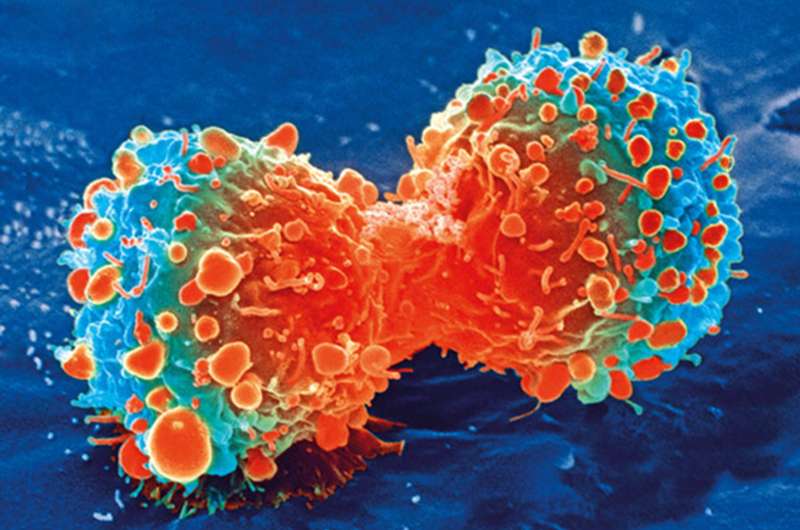
Scientists at St. Jude Children’s Research Hospital have created a laboratory model for studying retinoblastoma driven by inherited mutations in the RB1 gene. Retinoblastoma is a rare cancer of the retina, the thin tissue inside the back of the eye. The researchers created retinoblastoma organoid models that closely mimic the biology of tumors in patients. These models provide an important resource for studying the earliest stages of the disease as well as screening new therapies. The findings were published recently in Nature Communications.
Retinoblastoma occurs in very young children, and in some cases children are born with the disease. Inherited mutations in RB1 are one reason why this happens, but how these tumors form and what other factors underlie their development remains difficult to study.
Retinoblastoma is also unusual because it is one of the only types of cancer that is not diagnosed by taking a biopsy of a tissue sample. This is because the process might help the tumor cells spread outside of the eye. That means the tumor samples researchers have access to are from cancers that progressed beyond their earliest stages, requiring eye removal.
“What we have developed with these retinoblastoma organoids is, for the first time ever, a laboratory model where it’s possible to study the processes that go on when retinoblastoma is starting to form,” said co-corresponding author Michael Dyer, Ph.D., St. Jude Department of Developmental Neurobiology chair. “We can follow the process from the beginning to the early stages of tumor development, which is really exciting and opens up new avenues for research.”
The need for a new model
Models provide a way for scientists to study disease in the lab, both its biologic underpinnings as well as the way it responds to potential therapies. Creating models that reflect the reality of disease in human patients is a tremendous challenge. For rare diseases such as retinoblastoma, there are additional hurdles due to the limited number of patients. Retinoblastoma models, including cell lines, genetically engineered mouse models and patient-derived xenografts, have been useful for research. However, these models have also fallen short of replicating the disease as it occurs in patients.
One particular problem for models created by knocking out, or eliminating, the RB1 gene has been that while this mutation is a cornerstone for retinoblastoma in humans, mice with these abnormalities do not develop the disease. Previous St. Jude research has shown that mouse models for retinoblastoma are not always reliable predictors for preclinical drug development studies.
“Understanding what else drives tumor development, beyond RB1, could uncover new targets for therapy, impact disease treatment and possibly stop new tumors from forming,” said co-corresponding author Rachel Brennan, M.D., St. Jude Department of Oncology. “If we uncover the mystery of what leads some patients to develop second tumors later in life, we can develop more effective screening programs and early interventions to save lives.”
Brennan co-leads the retinoblastoma clinical program with ocular oncologist Matthew Wilson, M.D., University of Tennessee Health Sciences Center, who is also a co-author of the paper.
A better way to study the disease
To create a better model for research, the scientists grew what are called retinal organoids. These models are 3D cultures of cells created from induced pluripotent stem cells (iPSCs). The cells were created using samples from retinoblastoma patients who had germline mutations in RB1. Grown and nurtured in the lab, iPSCs develop naturally into retinal tissue. The cells from the organoids were injected into mice, where retinoblastoma tumors eventually formed.
The researchers conducted whole-genome sequencing, RNA sequencing and methylation analysis of these retinoblastoma tumors and found that they were indistinguishable from patient samples.
“This is the first instance that we’re aware of where cells with a specific mutation have successfully grown into organoids and later spontaneously developed into tumors,” said first author Jackie Norrie, Ph.D., St. Jude Department of Developmental Neurobiology. “The ability of the organoid models to do so is unique, because cell lines with RB1 mutations do not spontaneously develop into retinoblastoma tumors. This underscores that both the RB1 mutation and the processes involved in the natural development of the retina play roles in the formation of this cancer.”
Source: Read Full Article
